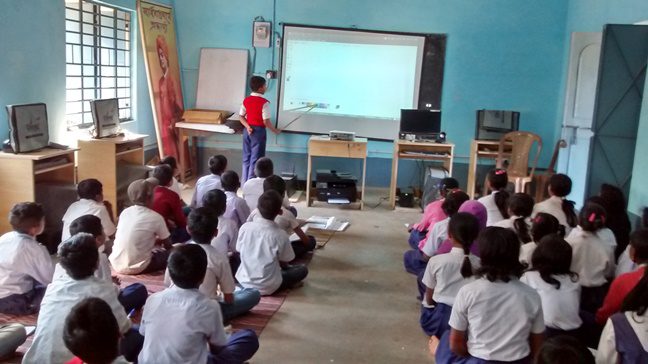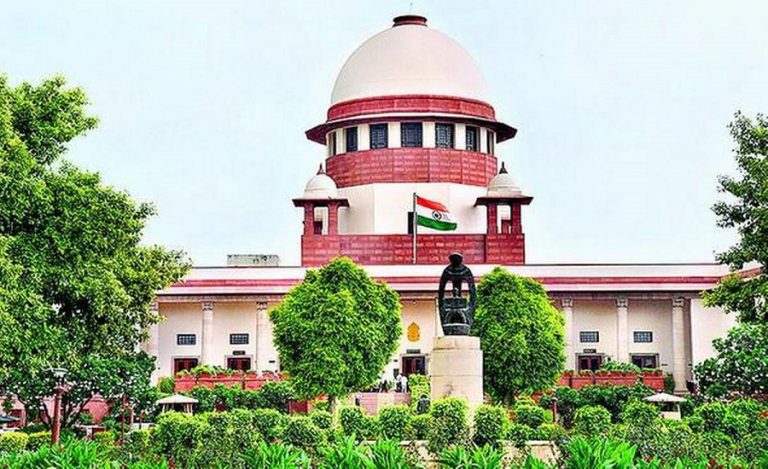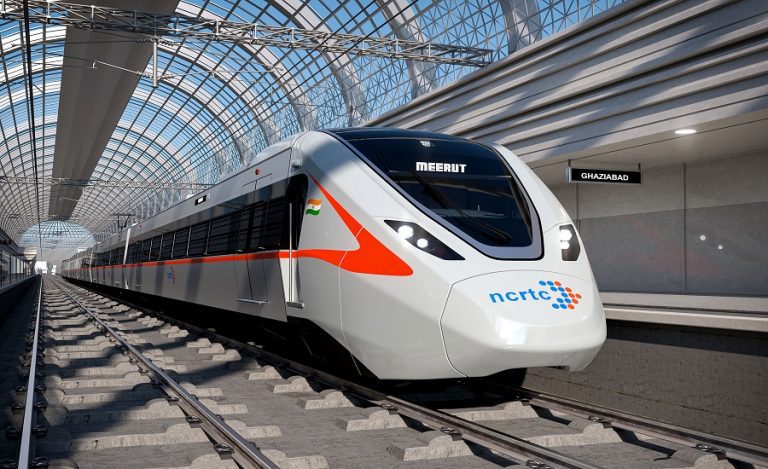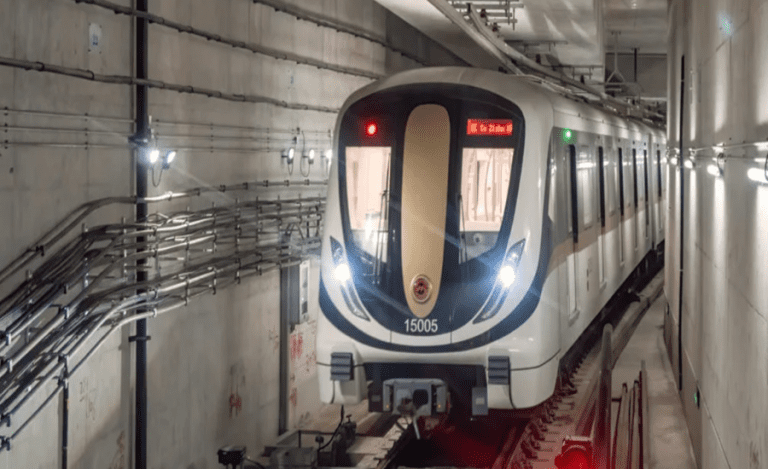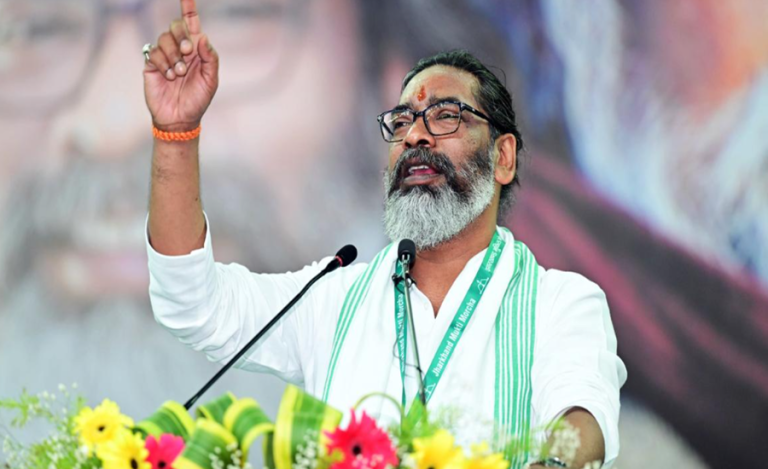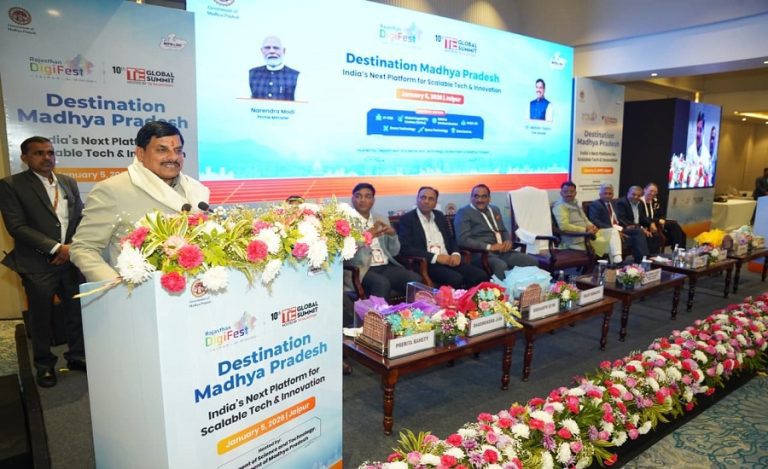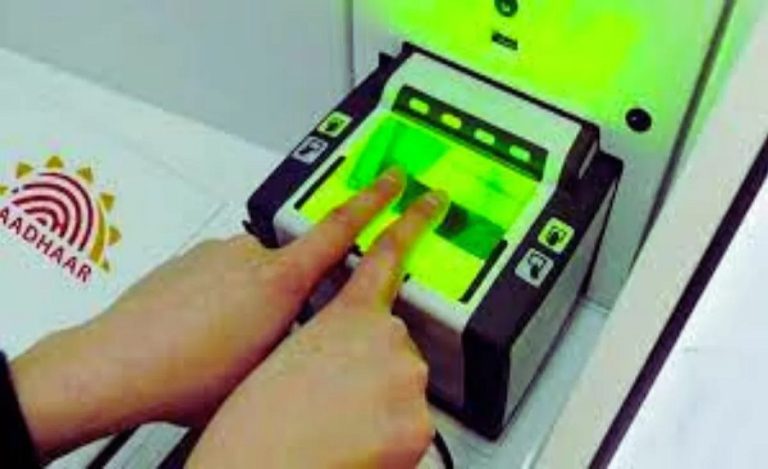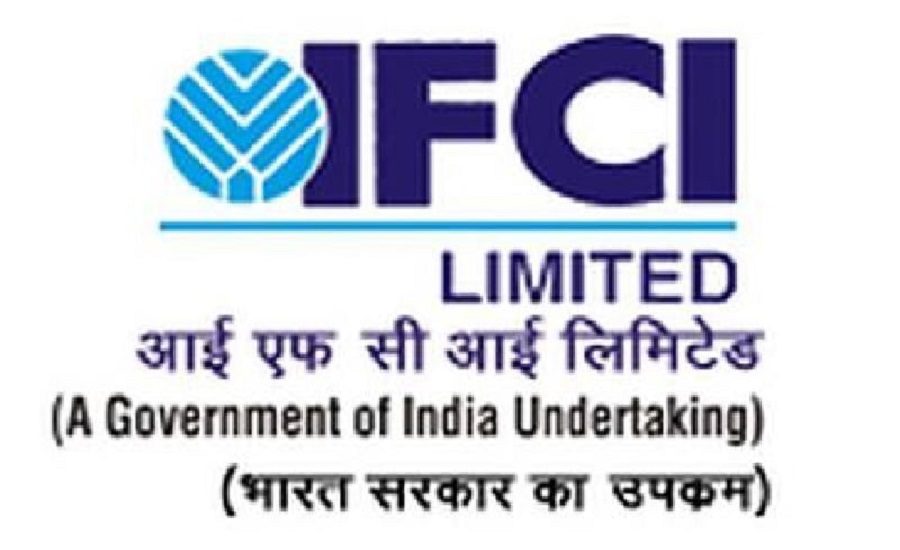To bridge the gap between the teachers and students of government schools of Murshidabad, West Bengal, the District Magistrate decided to include both audio and video lessons in classes. This way teachers can connect better with the students and can also capture their interest easily.
In an exclusive conversation with Indian Masterminds, IAS officer Rajarshi Mitra, DM Murshidabad, shared details about this initiative.
INTRODUCING AUDIO-VIDEO CLASSES
Murshidabad district is home to over 280 government high schools, where students of all ages attend. Teachers at these government schools are hired on the spot using a standard government recruitment procedure, which ensures their high teaching quality.
“However, we can still sense a feeling of disconnect between the teachers and students of the school. It gets difficult for the teachers to connect with the students through their lessons, mostly because of the limited resources available to them that could only teach a child so much. We realized that there was a need to introduce some sort of audio-visual media in the classes for the two parties to understand and make the others understand in a better manner,” he told Indian Masterminds.
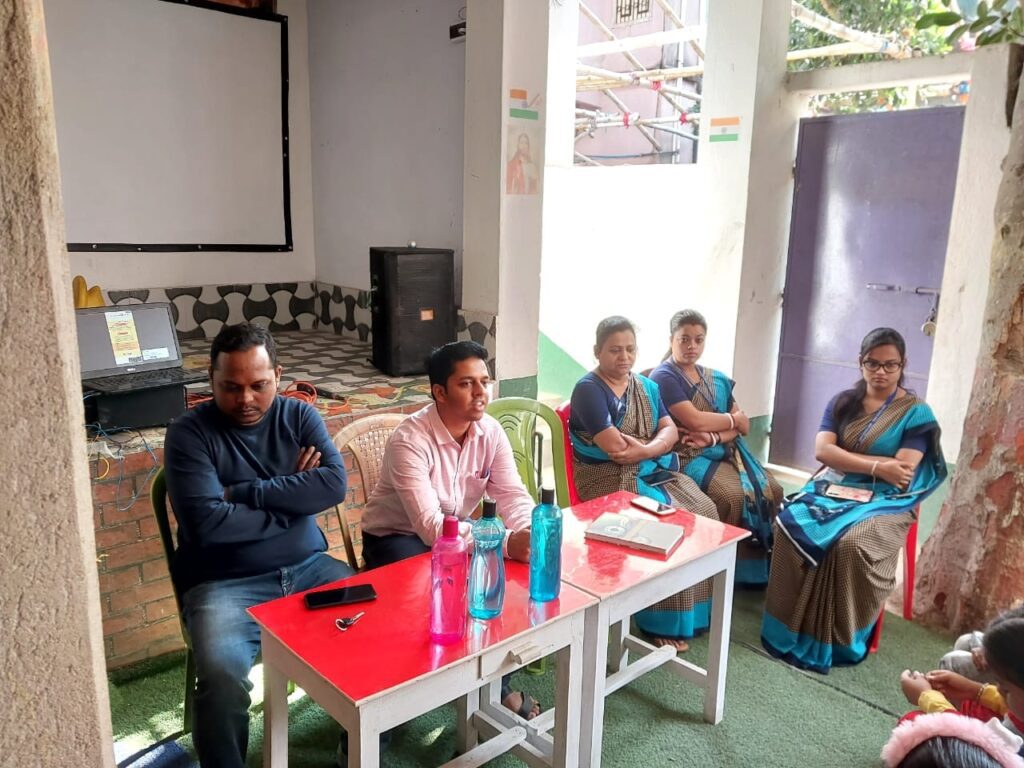
A SMART DECISION
There are several problems that school teachers face while teaching students. Without the presence of audio-visual media, it gets extremely difficult for them to portray and explain diagrams, flowcharts, geometrical patterns, and other such models which can be difficult to draw on a traditional blackboard.
Instead of introducing the audio-visual smart class project on a trial basis and simply installing one smart classroom in each school to track progress and work on it later, Mr. Mitra decided to do something that would be actually beneficial for the students, rather than for the namesake.
“Just installing one smart class in the entire school doesn’t really help, unless you roll it out on a big scale. Typically, classes don’t move between classes in a bid to avoid chaos. A particular class will be seated in their anointed room for the entire day. There is no point in shifting the students to another classroom just so they could learn from the smart class. Similarly, even the teachers would not appreciate having to move or carry the projector, computer, speakers, etc., from one classroom to another, every period of every day. It would be a hassle for everyone. Therefore, we decided to do it on a large scale from the very beginning,” shared Mr. Mitra.

SMART CLASSES FOR THE BEST 30
The District Administration went through the records and selected the best 30 government schools of the district, from the last five years, and installed smart classes in all the sections of all the classrooms from class 8 to class 12. The smart classes consist of a projector, a computer, and a speaker system, among others.
Once the entire installation of the hardware was done, different softwares were also installed on the designated computers for the teachers to teach from.
“We downloaded the best videos available on YouTube, Unacademy and other freely available mediums of study. We have further sorted them into curriculums and classes. For example, if class 8 is studying biology at the moment, then a separate folder will be created for them consisting of all the videos, documentaries, and study material related to the subject and the class, and it will be stored on the desktop separately for the teacher to easily access while teaching,” he shared with Indian Masterminds.
Similarly, all the teachers teaching in that class can select their subject’s particular folder and showcase their diagrams, charts, and other models from which they wish to teach their students.
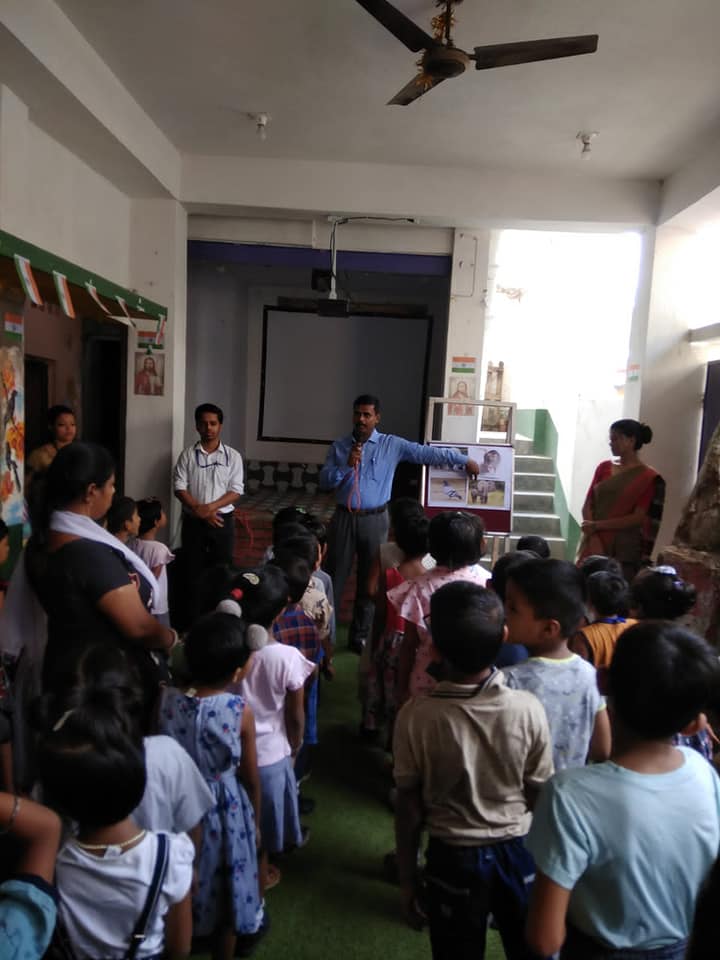
FOLLOWING UP ON THE PROJECT
Once the project was rolled out, the officer wished to analyze if it was actually benefitting the students or not. To assess it in a proper manner, he conducted baseline tests for the 30 schools with smart classes and the same baseline tests for 30 random schools without the smart classes, in order to compare their progress, in which he was able to observe the positive result of the smart classes on the students.
“Now we will further let the program run for another six months and conduct another outcome examination after the completion of six months, in the same 30 + 30 = 60 schools, and try to measure out the outcome of the tests which will give us a clear analysis of the results from smart classes,” shared the officer.
Within the next three months, Mr. Mitra is planning to upscale and roll out the project in 30 more schools.
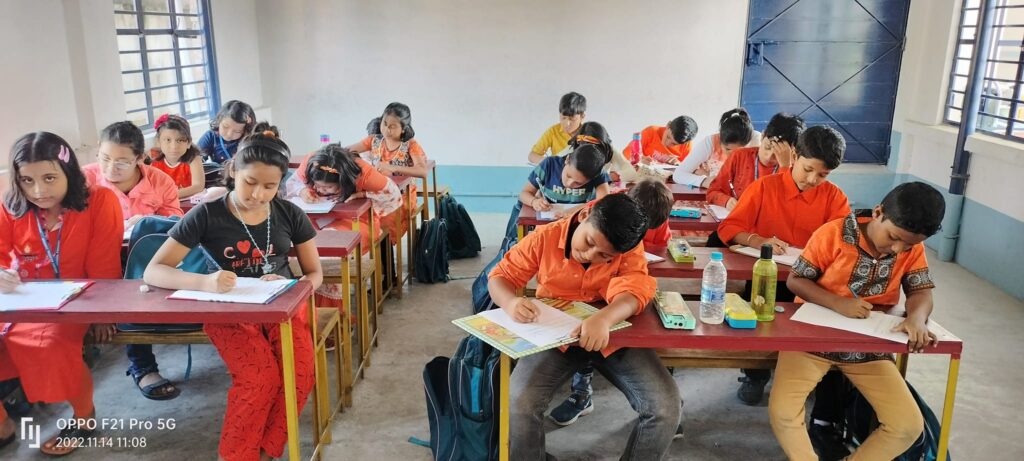
STUDENTS CREDIT CARDS
Apart from this, the officer is also focusing on the government’s ‘Student Credit Cards’ scheme under which students are given credit cards so that whenever they become employable or in case they wish to go for further professional courses, they can use these cards to obtain students loans, up to 10 lacs.
Depending upon the viability of the course that the student is pursuing, the banks will provide them with loans, free from guarantee and mortgage. This will greatly benefit the students and ease the burden on the parents.

